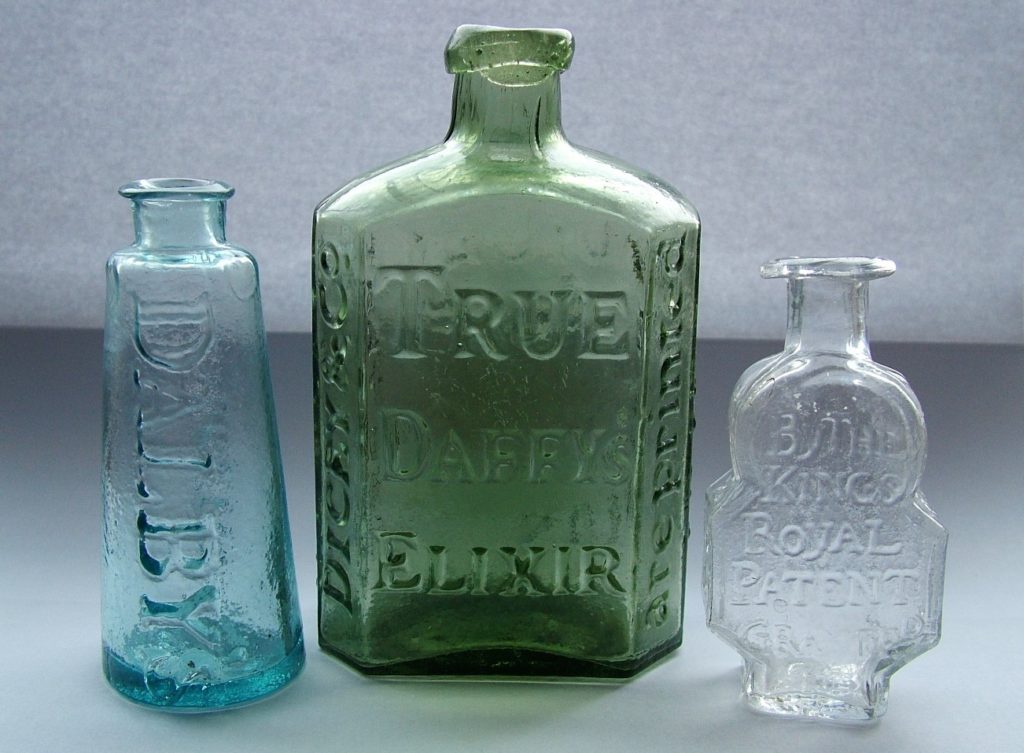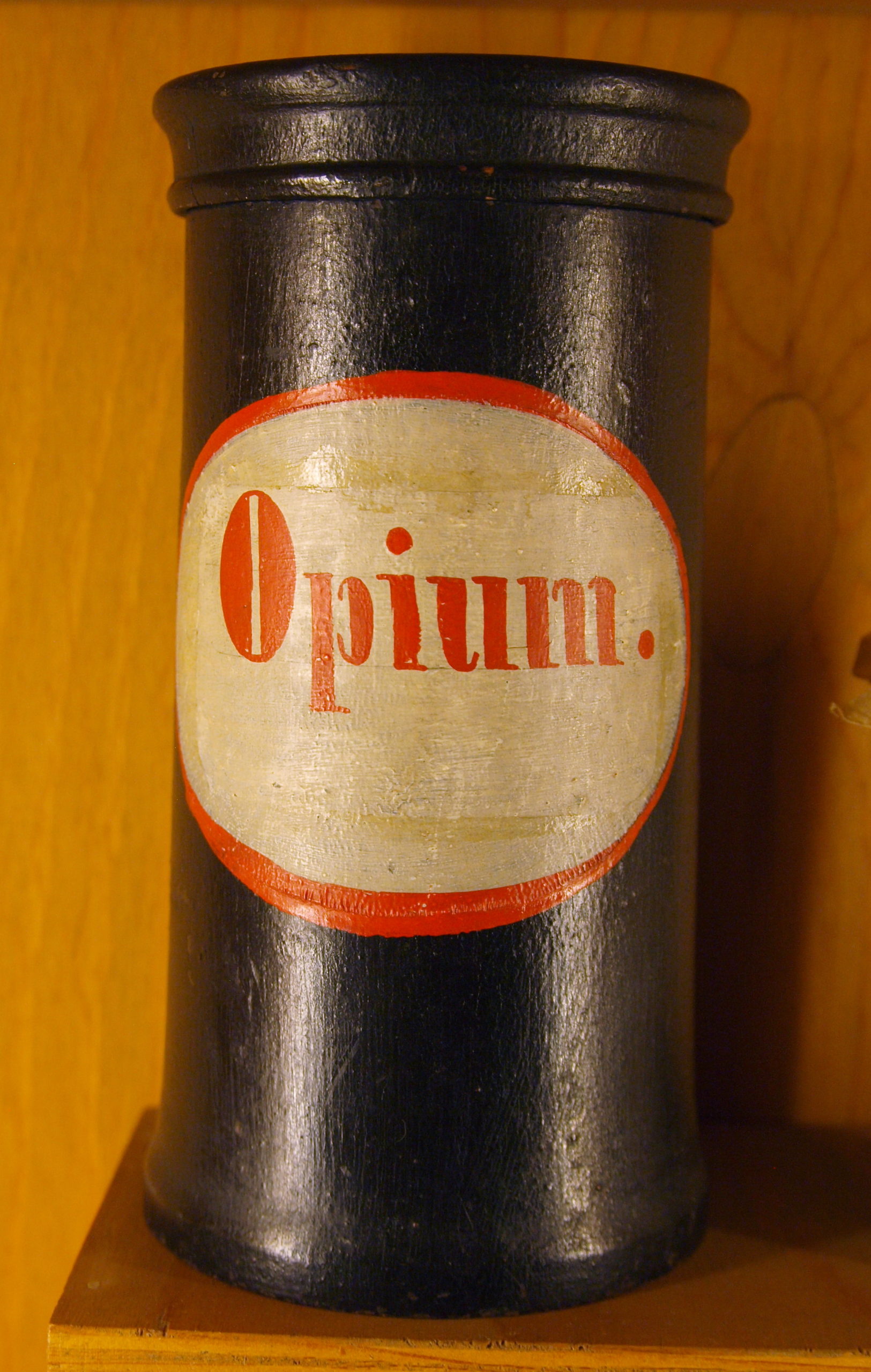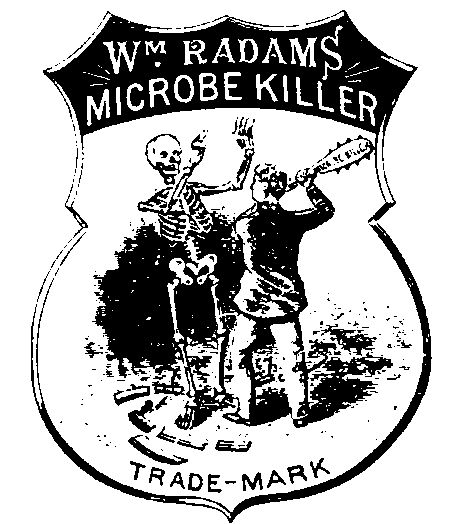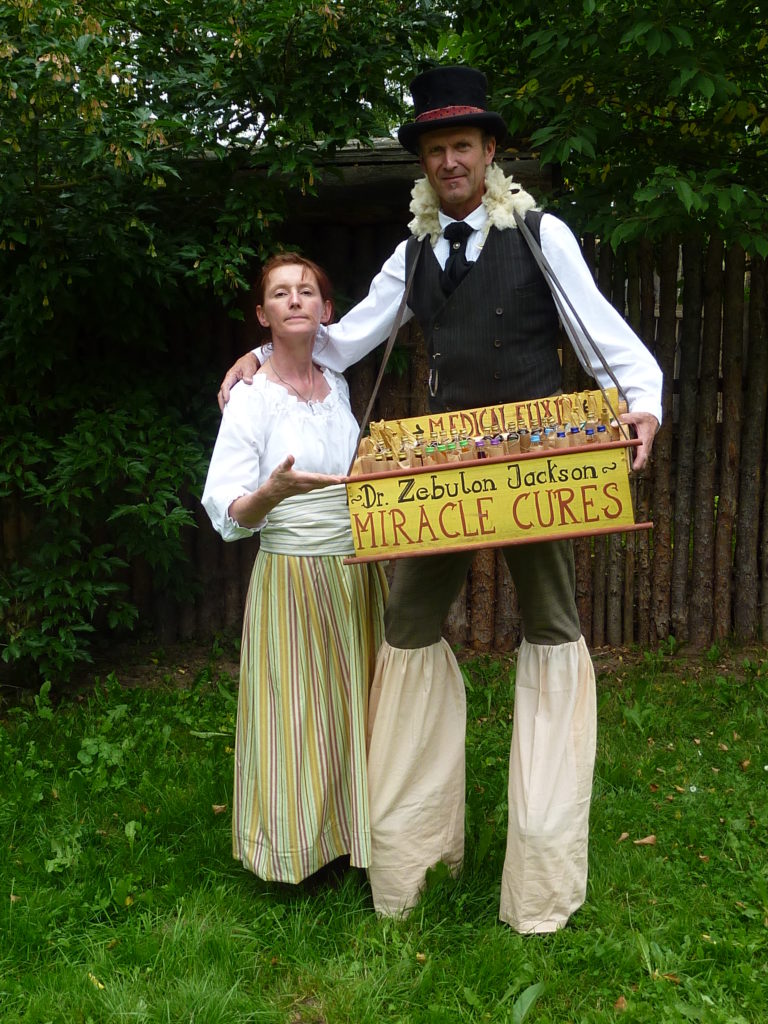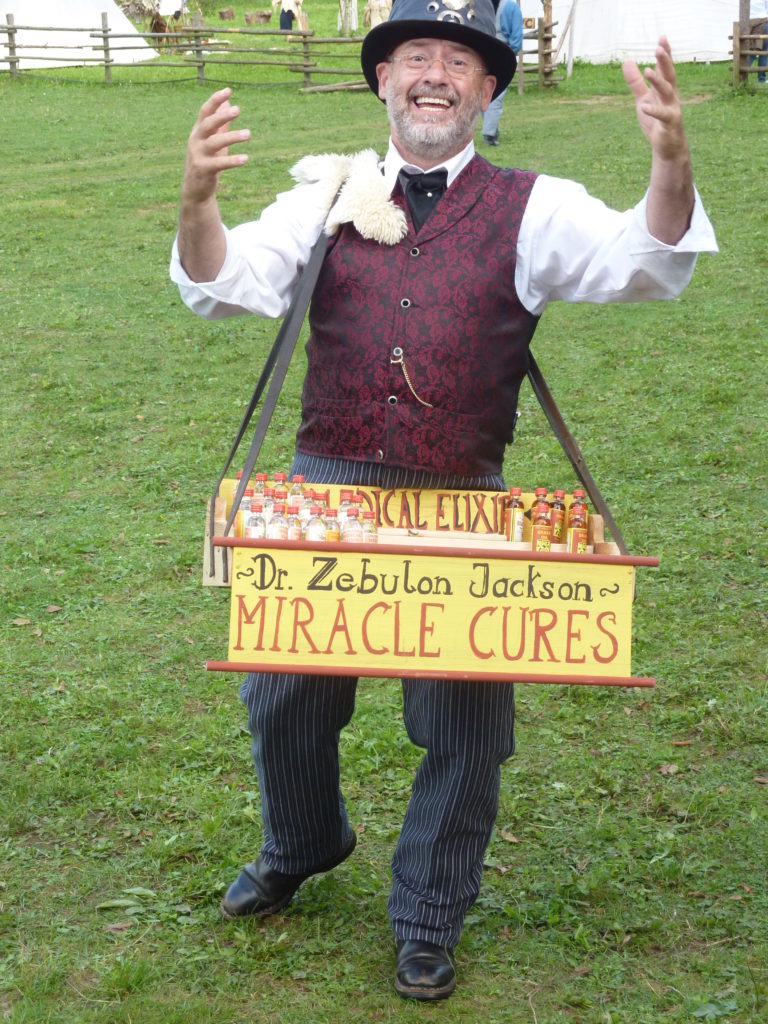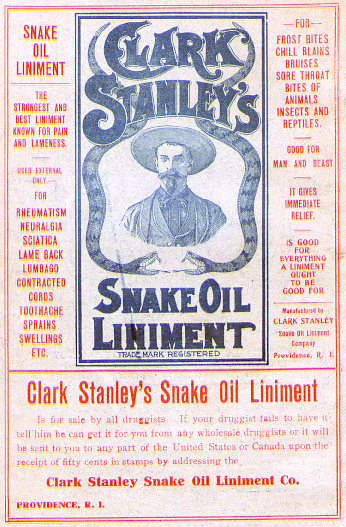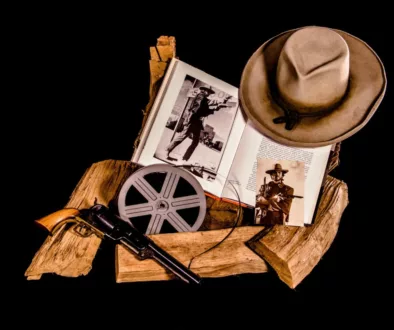Quackery and Medicine Shows
Of the alternative medicine in the Wild West
Reading time: approx. 6 minutes.
Friday, January 15, 2021
Winter is the season of the runny nose and constantly frosty hands. The common cold plagues us and we get sick. All this is by far nothing unusual and we know very well by now how to cure ourselves again. But how did people actually deal with illnesses and ailments in the Old West?
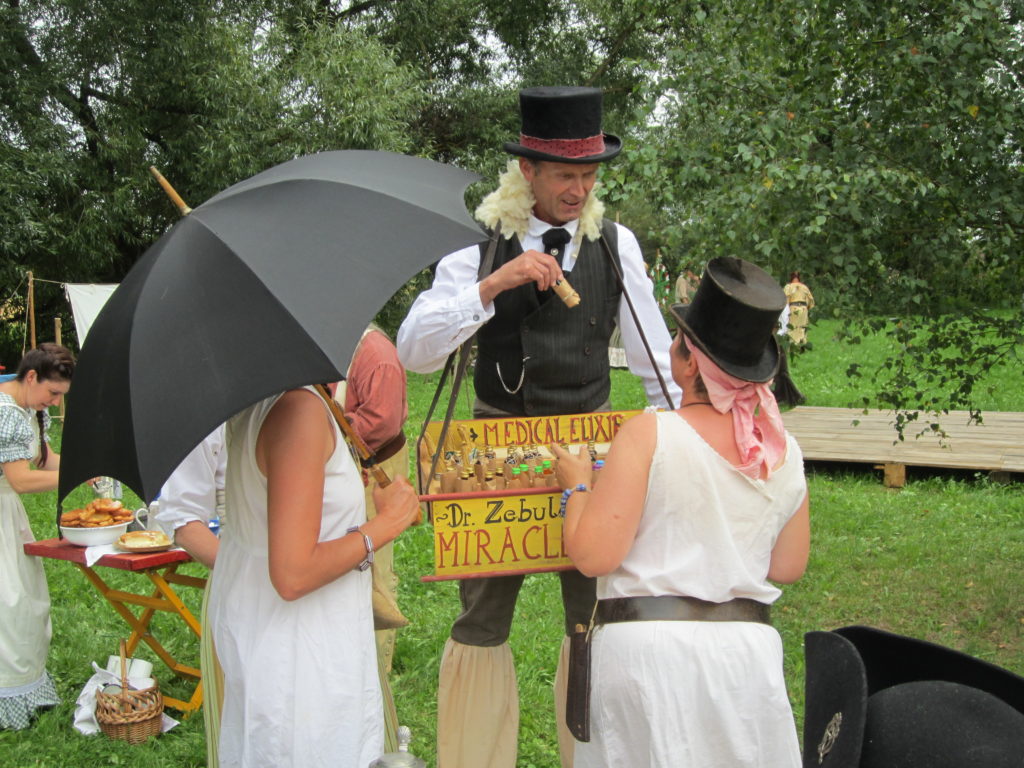
Certainly, at that time there were already practicing doctors, but among them were also some quacks and charlatans, who were able to build a prestigious reputation. With the healing effects of magic in combination with extravagant ingredients, they made their profit from the uninformed people.
Finally, the use of colorful product names such as "Egyptian Regulator Tea" and medicine shows did the rest to encourage people to buy the product.[1]
But who were these men and women and how could so many people fall for them?

Great Britain and the Quack Boom in America
In the 17th and 18th centuries, people still had little understanding of the causes of disease. It was therefore not surprising that so-called patent medicine conquered the market - first in Great Britain and then in the British colonies in North America. In contrast to locally produced and used remedies, the big advertising drum was beaten for these substances. In some cases provided with genuine royal patents, they created confidence among the population and found correspondingly large sales, especially from the beginning of the 18th century.[2]
By 1830, British parliamentary records listed over 1,300 different patented "medicines," most of which were, by modern standards, nothing more than the humbug of quacks.[2]
During the American Revolution and after the War of 1812, the British market lost influence in America. However, the resulting gaps were quickly filled with American products, in order to set themselves apart from England. The golden era of the manufactured products in America was in the years after the Civil War from 1865 onwards.[2]

It's all a question of marketing
Among the first products to be mass produced was "Daffy's Elixir". The inventor of the potion, an English clergyman named Thomas Daffy, is said to have put the brew to paper as early as 1647. After his demise, his daughter Catherine, together with some of his relatives, continued the brand. The product, which was originally only intended to help against digestive problems, was gradually developed further during Daffy's lifetime until it was finally intended to help against any disease. It therefore also had the name Elixir Salutis - the potion of health.[3]
Bottle of Daffy's Elixir Salutis (center).
When more influential companies were able to claim the rights to the elixir, they achieved a breakthrough in America. The brand eventually became so famous that it was even mentioned in Charles Dickens' book Oliver Twist.[3]
The ingredients of the potion, of course, did not help against the multitude of diseases, as originally advertised, and yet it created a large distribution in England and America.

The ingredients of an "irresistible" product
Most potions and tinctures of the quacks consisted mainly of common drinking alcohol, such as brandy. This was often mixed with various herbs, opium and in some cases cocaine.[5]
If one ingested such a brew, it usually provided relief from the symptoms, since opium, for example, acted like a strong painkiller. However, this didn't cure the cause of the respective disease at all. These mixtures promised to help not only against the "simple cold", but also claimed to be effective against complex diseases.[2, 3]
Especially the use of opium was by no means new at that time, but found a wide use until the early 19th century, also in medicine. Besides the pain-killing effect, it helped against diarrhea and aided a good sleep.[4]
Opium in a pharmacist's container (left) and as a plant in the wild (right).
However, the side effects of an incorrect dosage or prolonged ingestion were devastating: from weight loss due to lack of appetite, through muscle pain, to death by respiratory paralysis. It was also common for consumers of the tinctures to become addicted. The ingestion could also have a severe effect on the mental state, accompanied by strong personality changes, up to apathy.[4]
The German immigrant William Radam, even went so far as to dilute sulfuric acid, which is highly corrosive, with red wine.
The "microbe killer" potion was born, which, according to Radam, made it possible to "cure any kind of disease".[2, 5]
Both the short-term relief of discomfort and the addiction to alcohol, opium or cocaine were probably reason enough for the products to be consumed regularly. After all, one actually felt better after taking them and felt a certain craving for more of the miraculous medicine. The big awakening, however, probably came when one noticed that the actual illness did not go away or even new complaints were added.[5]

The Medicine Shows
In the American colonies, traveling peddlers appeared before 1772, roaming mainly through rural areas to sell their dubious medicines. In the course of this, a law was passed prohibiting their activities.[5]
In the 19th century, large-scale shows replaced individual traveling salesmen. The performances were increasingly spectacular and not only took place in front of sales wagons, but also in large tents and even theaters. While the salesman advertised his potent "medicine", he was often supported by artists and musicians. This was especially popular with the rural population, as entertainment on such a scale was rare.[5]
Historical re-enactment of quacks. Two Rivers Privity in Beaver Creek Valley.
The two largest and probably most successful medicine shows, were Hamlin's Wizard Oil Company and the Kickapoo Indian Medicine Company. Hamlin's Wizard Oil Company had specially designed wagons with built-in organs and additional space for dancers. Posters, fylers, and fancy advertising slogans did the rest.[6]
Poster of Hamlin's Wizard Oil (1890).
The Kickapoo Indian Medicine Company rehearsed a show based on made-up American Native ceremonies. Fake representatives of the thoroughly real tribe translated for the Natives and sold "Sagwa", probably the most famous quack medicine of its time.[5, 7]

How the quack was caught
In the Netherlands, the first association against quackery was founded in 1881, making it the oldest of its kind. The Netherlands was also one of the first countries to regulate medicine through the state.[2]
In the USA, the Boston Medical And Surgical Journal wrote in 1875:
If Satan has ever succeeded in compressing a greater amount of concentrated mendacity into one set of human bodies above every other description, it is in the advertising quacks.
Tinctures with no effect for a disease, soon became commonly known among the population as "Snake Oil". The term goes back to Clark Stanley's Snake Oil Liniment among others, but broadly means the ineffective elixirs of quacks.[2]
Clark Stanley’s Snake Oil Liniment (ca. 1905).
However, not all of these drugs were ineffective either. Turlington's Balsam of Life, for example, actually had beneficial properties as well. Until the early 19th century, the drug was sold under this name and can be found in British and American pharmacopoeias as "Compound Tincture of Benzoin." However, it is believed that the discovery of the balsam's benefits was merely a coincidence and became known only after the fact.[2]
Colton White – Beaver Creek Pioneer
